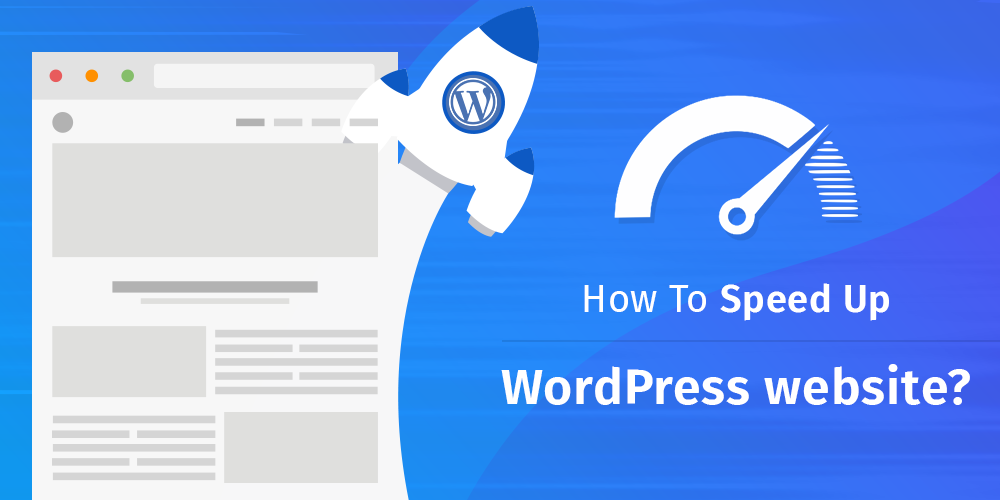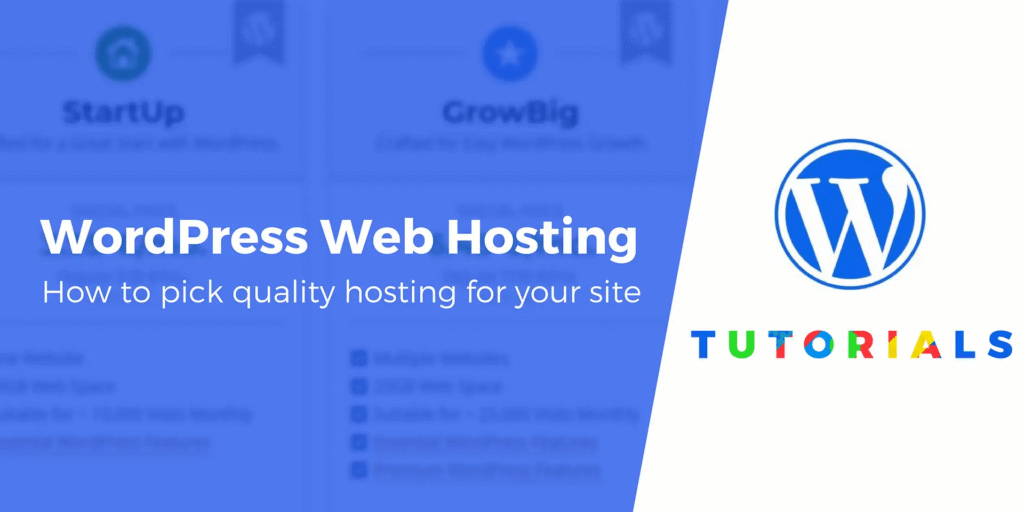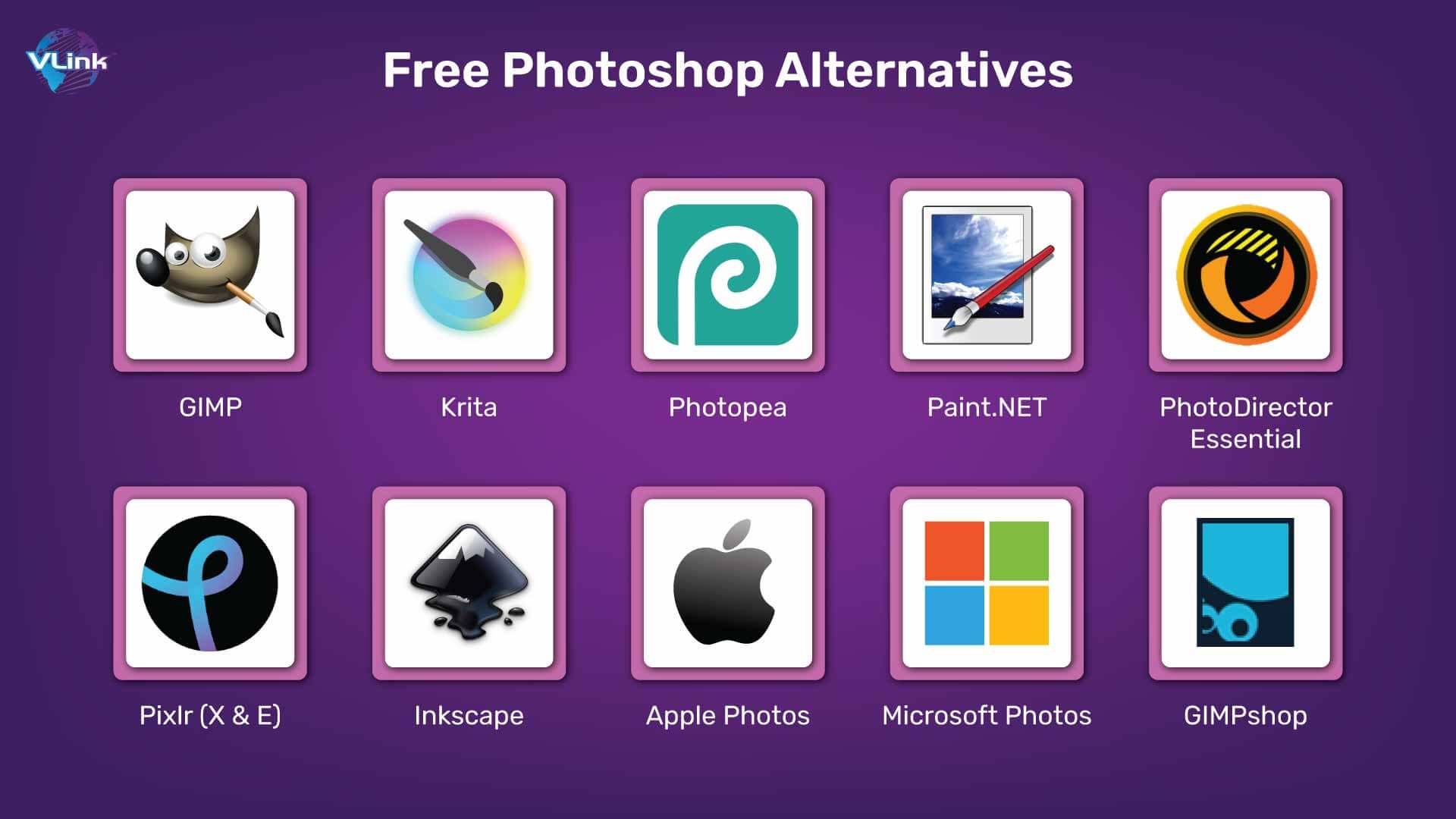the complex tapestry of cultural identities and national consciousness, the concept of “Milliyet” stands out as a significant thread, particularly in the context of Turkish society. Translated broadly as “nationality” or “ethnicity,” Milliyet encompasses a spectrum of meanings and implications that go beyond mere definitions. This comprehensive guide delves into the historical roots, cultural significance, and modern interpretations of Milliyet, offering a nuanced understanding of this pivotal concept.
Historical Roots of Milliyet
The term Milliyet has its origins in the late Ottoman Empire, a period marked by profound political and social transformations. As the empire grappled with internal dissent and external pressures, the need to foster a cohesive national identity became paramount. Milliyet emerged as a concept to unify the diverse ethnic and religious groups within the empire under a common national consciousness.
The decline of the Ottoman Empire and the subsequent establishment of the Republic of Turkey in 1923 further solidified the importance of Milliyet. Under the leadership of Mustafa Kemal Atatürk, the new republic embarked on a nation-building project that emphasized Turkish identity and secularism. Milliyet, in this context, became synonymous with the idea of a homogenous Turkish nation-state, promoting a sense of unity and national pride.
Cultural Significance of Milliyet
Milliyet is not merely a political or administrative concept; it is deeply ingrained in the cultural and social fabric of Turkish society. It influences various aspects of life, from language and education to literature and art. The promotion of the Turkish language and the celebration of Turkish cultural heritage are central to the expression of Milliyet.
In literature, for instance, the works of prominent Turkish authors often explore themes of national identity and belonging. The stories and poems reflect the complexities of Milliyet, capturing the struggles and triumphs of individuals as they navigate their sense of self within the broader national context.
Similarly, in the realm of education, the concept of Milliyet is embedded in the curriculum. History textbooks and civics lessons emphasize the importance of national unity and the contributions of various ethnic groups to the Turkish nation. This educational framework aims to instill a sense of pride and responsibility towards the nation among the younger generations.
Modern Interpretations and Challenges
While Milliyet continues to play a vital role in shaping Turkish identity, its modern interpretations and applications are not without challenges. The concept of Milliyet, traditionally centered on Turkish ethnicity, has been critiqued for its exclusionary tendencies. Turkey’s diverse population includes Kurds, Armenians, Greeks, and other minority groups whose identities and contributions have sometimes been marginalized in the pursuit of a unified national identity.
In recent years, there has been a growing recognition of the need to embrace a more inclusive understanding of Milliyet. Efforts to acknowledge and celebrate the multicultural aspects of Turkish society are gaining momentum. This shift is reflected in policy changes, cultural initiatives, and public discourse that seek to create a more inclusive national narrative.
Conclusion
Unraveling the mysteries of Milliyet reveals a concept that is both deeply rooted in history and dynamically evolving. From its origins in the Ottoman Empire to its central role in the modern Turkish Republic, Milliyet has been a cornerstone of national identity and cultural expression. As Turkey continues to navigate its complex social landscape, the ongoing dialogue around Milliyet will undoubtedly shape the future of the nation’s identity and cohesion.
Understanding Milliyet requires a multifaceted approach that considers its historical context, cultural significance, and modern challenges. By embracing this comprehensive perspective, we can appreciate the intricate layers of meaning that Milliyet embodies and its profound impact on Turkish society.
FAQs
1. What does Milliyet mean?
Milliyet, translated as “nationality” or “ethnicity,” refers to the concept of national identity in Turkish society. It encompasses a sense of belonging to a common cultural, linguistic, and historical heritage that unites individuals within a nation-state.
2. What is the historical significance of Milliyet?
The concept of Milliyet emerged during the late Ottoman Empire as a response to the need for a cohesive national identity amidst diverse ethnic and religious groups. It gained prominence during the establishment of the Republic of Turkey under Mustafa Kemal Atatürk, who promoted Turkish nationalism as a unifying force.
3. How does Milliyet influence Turkish culture?
Milliyet influences various aspects of Turkish culture, including language, literature, art, and education. It emphasizes the promotion of the Turkish language, celebrates Turkish cultural heritage, and shapes narratives of national identity in literature and arts.
4. Is Milliyet inclusive of all ethnic groups in Turkey?
Traditionally, Milliyet has been centered on Turkish ethnicity, which has led to challenges regarding inclusivity for minority groups such as Kurds, Armenians, Greeks, and others. Efforts are ongoing to promote a more inclusive understanding of Milliyet that acknowledges and respects the diversity within Turkish society.
5. How is Milliyet taught in Turkish education?
Milliyet is integrated into the Turkish education system through history textbooks, civics lessons, and cultural studies. It aims to instill a sense of national pride, unity, and responsibility among students while also fostering an understanding of Turkey’s multicultural heritage.
6. What are the modern interpretations of Milliyet?
In modern times, there is a growing emphasis on redefining Milliyet to embrace multiculturalism and diversity within Turkish society. This includes recognizing and celebrating the contributions of various ethnic and religious groups to the nation’s identity.
7. How does Milliyet relate to citizenship in Turkey?
Milliyet plays a role in defining citizenship in Turkey, where Turkish nationality is linked to adherence to Turkish cultural norms and values. Citizenship laws and policies reflect the importance of Milliyet in determining who is considered a member of the Turkish nation.
8. What are the challenges associated with the concept of Milliyet?
Challenges include balancing the promotion of Turkish national identity with the rights and recognition of minority groups. Discussions continue on how to foster a sense of unity while respecting and accommodating the diverse identities within Turkish society.
9. How does Milliyet influence political discourse in Turkey?
Milliyet often features prominently in political discourse in Turkey, shaping debates on issues related to national unity, minority rights, and cultural policies. Political parties and leaders may invoke Milliyet to rally support or advocate for specific policies.
10. How can understanding Milliyet contribute to better societal cohesion in Turkey?
Understanding Milliyet involves appreciating its historical evolution, cultural significance, and contemporary challenges. By fostering a more inclusive understanding of Milliyet, Turkey can promote greater societal cohesion, respect for diversity, and a shared national identity that embraces all its citizens.

 Blog3 hours ago
Blog3 hours ago
 Life style3 hours ago
Life style3 hours ago
 Tech10 months ago
Tech10 months ago
 Blog10 months ago
Blog10 months ago
 Blog8 months ago
Blog8 months ago
 Entertainment3 months ago
Entertainment3 months ago
 Entertainment10 months ago
Entertainment10 months ago
 Tech3 days ago
Tech3 days ago







 Passion & Knowledge – Pick something you enjoy and know well.
Passion & Knowledge – Pick something you enjoy and know well. Understand Your Audience – Write for their needs and interests.
Understand Your Audience – Write for their needs and interests. Keyword Research – Use Ubersuggest or Ahrefs to find low-competition keywords.
Keyword Research – Use Ubersuggest or Ahrefs to find low-competition keywords. Inconsistent Posting – Post regularly to stay relevant.
Inconsistent Posting – Post regularly to stay relevant.

 Not a photo editor (limited retouching tools).
Not a photo editor (limited retouching tools).